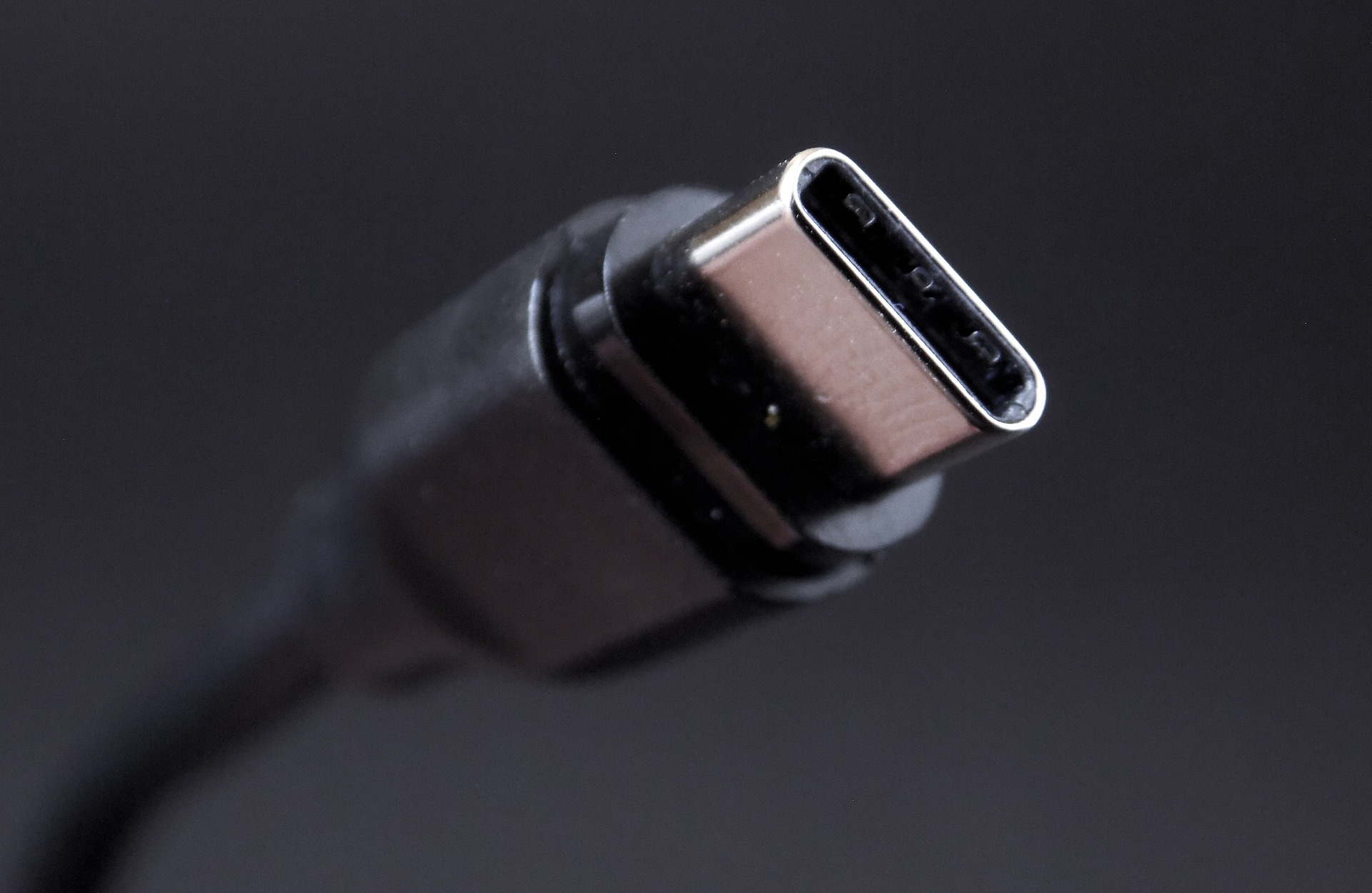In October, the EU agreed on a standard charging cable. USB-C was set as the standard for charging sockets in 2024. Strictly when the regulation comes into force was announced this week. With the publication of a binding directive, the deadline is now set for December 28, 2024.
From then on, smartphones, tablets, smart speakers, digital cameras, headphones, headsets, mobile game consoles, e-readers, keyboards, computer mice, portable navigation systems, and the charging boxes of earphones that are newly launched on the market must have a USB-C port for charging. In April 2026, the USB-C port will also be mandatory for notebooks.
Consumers in the EU are expected to save 250 million euros per year with the new guidelines because unnecessary charger purchases can be avoided, it is said. Thousands of tons of electronic waste should also be avoided.
Apple under pressure
Almost all major manufacturers have equipped their devices with USB-C ports for years. One exception is Apple, which still provides its iPhones with the in-house Lightning connectors.
The company repeatedly criticized the EU decision, calling it “anti-innovation.” From December 28, 2024, however, new devices in the EU will have to be equipped with USB-C ports willy-nilly. The only exception: If the device is charged purely wirelessly.
Because new iPhones are usually unveiled in September and come onto the market a little later, Apple could still provide one more iPhone generation with Lightning ports. However, the iPhone 16, expected in 2025, will be the latest in the EU.
This post has already been read 1335 times!



